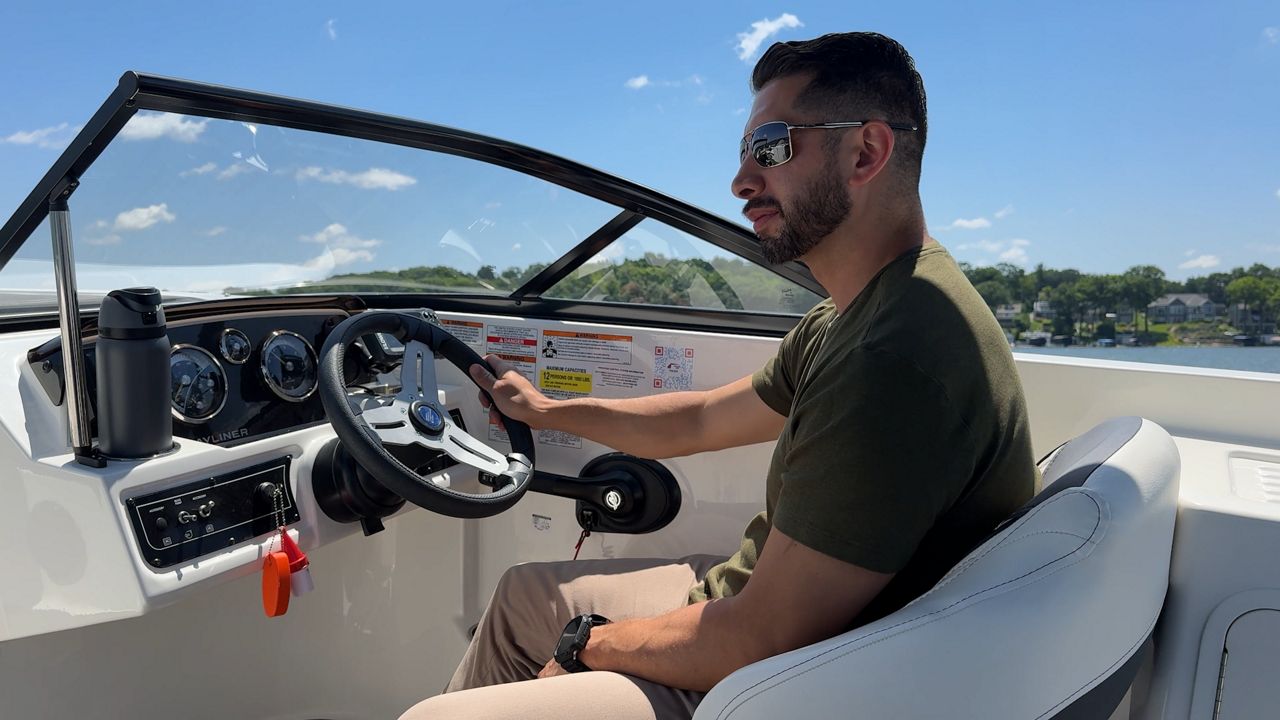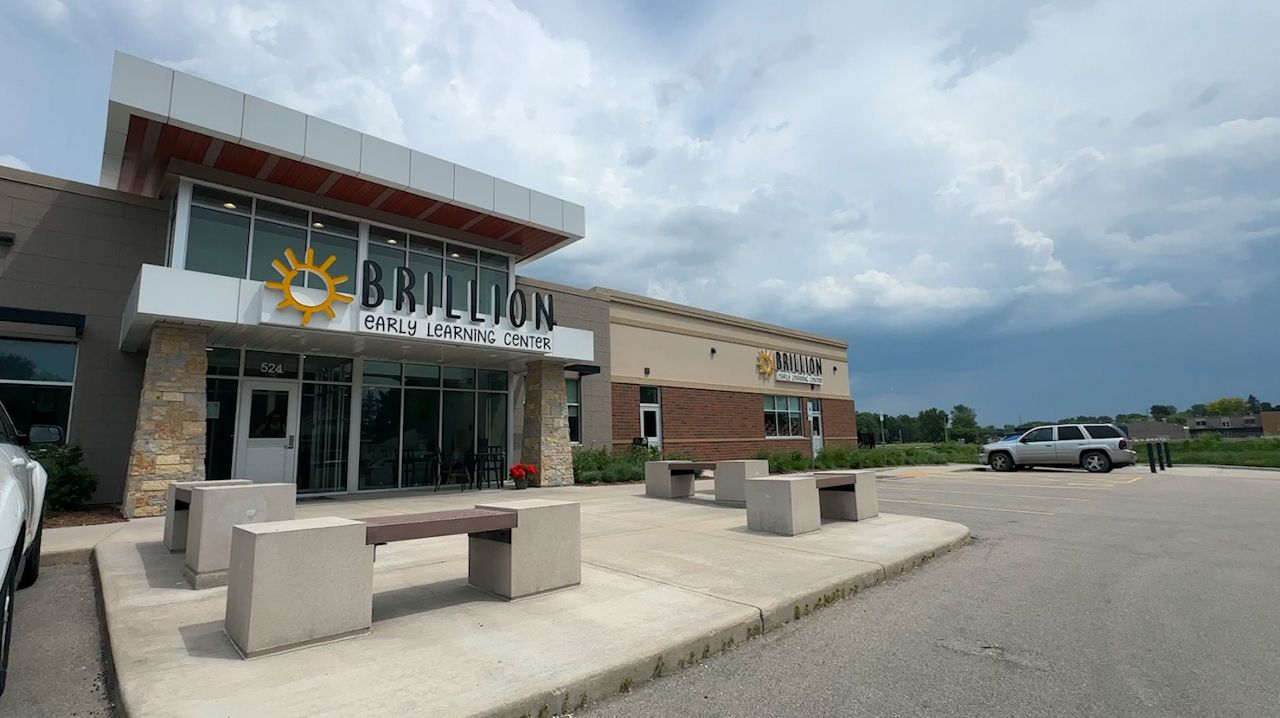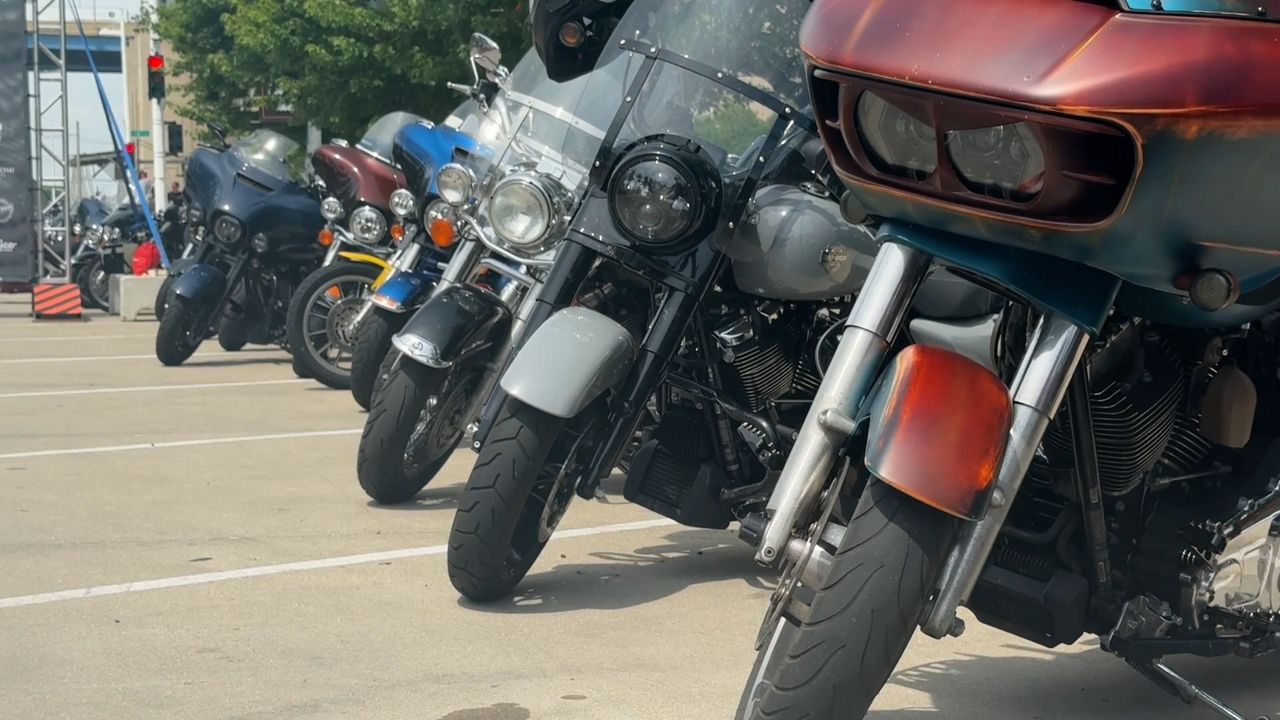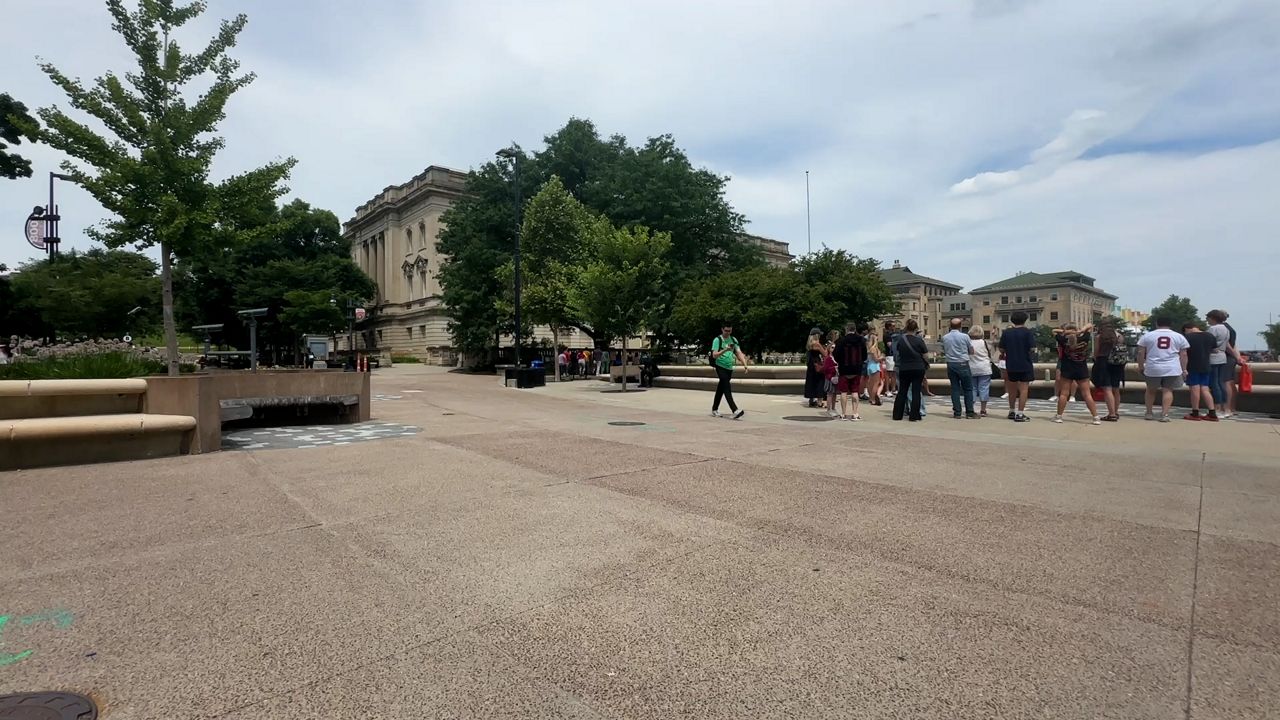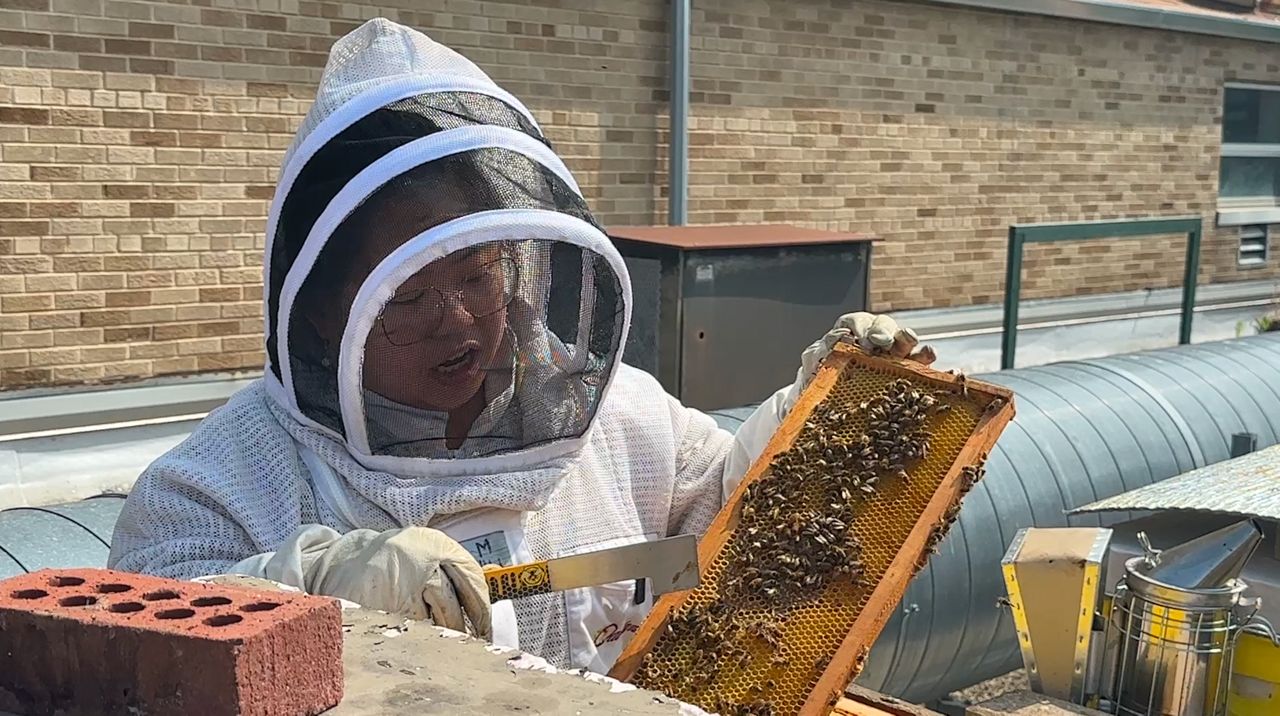BAYSIDE, Wis. — Pickleball is the fastest growing sport in the U.S., according to USA Pickleball.
From youth to seniors, the game is attracting all ages. Like any sport, pickleball comes with its own set of injuries.
This is something Becky Noble is familiar with. She plays pickleball a few times a week. Noble said she grew up playing tennis.
“As I get older, I have some joint issues,” said Noble. “It was getting to be too much. I already had a knee surgery. When we picked up pickleball, it was just a blast. We were having so much fun. It was easier than running around the court.”
While pickleball may be easier than tennis for Noble, there’s still a chance for injury.
“Maybe six months after I was playing, I ran for a ball from the back line to the net and I just took the wrong step,” said Noble. “My foot when forward and my body went back and I fell immediately to the ground. It was a torn hamstring, and I never had anything like that before.”
Between physical therapy and dry needling, Noble said it took her nearly a year to recover.
Joe Fleming is a physical therapist at Froedtert and the Medical College of Wisconsin. Fleming said an injury like Noble’s is common.
“Lower body, you have a lot of overuse injuries,” said Fleming. “Strains, sprains, tendinitis. Those aches and pains people tend to deal with when they’re more active. Occasionally you’ll have a more advanced injury, like a full tear of a muscle that takes a little longer to heal. In the upper body, you do still get some of those sprains and strains. Maybe it’s your rotator cuff of the shoulder or tennis elbow now becoming pickleball elbow.”
Fleming said the physical and mental benefits of playing pickleball outweigh the risk of injury. He said there are a few things you can do to prevent any aches and pains.
“A lot of our day-to-day stuff is very straightforward,” said Fleming. “When you get onto a pickleball court or any sort of athletic field or court, a lot of what we do have is lateral movements, unplanned movements where you’re sort of reacting to the ball or other players. There’s more of a deceleration where you’re starting or stopping. That’s where working in the gym, building up your strength, working on different plans of movement can be helpful towards translating back to reducing injury on the court.”
Noble said she is ready for a summer filled with pickleball, but she will be mindful on the court.
“I should be stretching more than I do before I start,” said Noble. “Stretching afterwards is important, too. I do feel like now that I’ve had that injury, I just take it more easy but still have a good time.”
Fleming offers pickleball injury prevention classes throughout the year.





